Strength - Kaph
A sole individual stands. With fingers firmly gripping the jaws of a male lion, the central subject of this iconic image is either attempting to keep the feline's mouth either open or closed. The person in the image of the Marseilles Tarot is wearing a hat that is similar to the one worn by the magus in the first Tarot icon of Aleph. Likewise, in the Rider-Waite deck, this hat has also been transformed into the sign of infinity like it was in the Magus hieroglyph, but the central subject is most definitely female. The position of this Rider-Waite trump has been switched from 11th position to 8th.
The name of the eleventh character of the ancient alphabet is linked to the eleventh hieroglyphic symbol of the Tarot. The original design of this character (pre-1200 B.C.) looks like this...
![]()
The name of the 11th character (the forerunner of the modern letter K) of the ancient alphabet is כף, which is formed from the biliteral root that is composed of the letters Kaph/K and Phe/P or F. This root's most basic meaning is “arch.” From this primary meaning, the meanings of “hollow” and “to bow” are derived. From the meaning of “hollow” the more popular meanings of “palm” and “wing” are derived from the notion of the hollow of hand.
The Arch
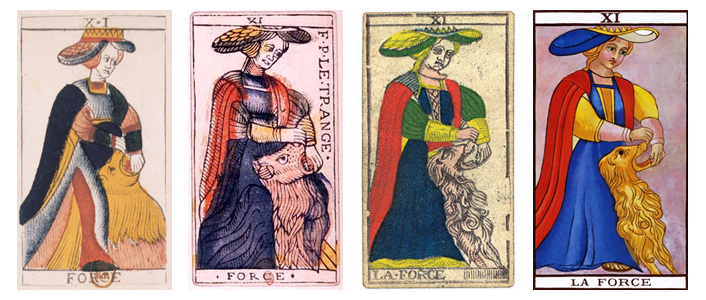
Therefore, the idea of the strength that is inherent within the arch should be examined and explored in greater detail. The mighty power of the beastmaster in the eleventh tarot key can be found in the massive force that is naturally inherent within the hollow of his mighty hands. In one sense, the beast is gravity; the force is the basic design of the arch as it is employed in both modern and ancient architecture, as well as its routine occurrence in nature.
The arch could also be seen as the crescent of Luna, which is naturally broadcast from the heavens as a divine harbinger to enlighten humanity. The arch is also represented in the mandibular arch of the mighty lion, whose mighty jaw is filled with enormous force. Now if the force exterted by the central figure of this trump was keeping the jaws of the lion open, instead of keeping them closed – a position that would better utilize the strength of the subject's arms, then the symbolism of the arch would seem to be at a loss, because the muscles for opening the jaw are not quite as strong as those of closing it. However, if the central character of this icon is keeping the mighty lion at bay by holding its jaw in an open position, then it would behoove the observer to rationalize as to why this is so.
The answer to this query might lie in the use of the arch in architecture, where the arch adds strength to a structure by converting tension into compression, which is desirable because of the nature of most building materials to be able to withstand compressive stresses far better than tensile stresses. The open jaw of the lion could be interpreted as an architectural arch used in a constructed building or bridge, where its open shape – the ends of the upper and lower lips being the bases of the arch and the connection of the upper and lower jaws being the arch itself – would allow for far more stress to be applied to an area where such support is needed. Such an analogy applied to this image makes a tremendous amount of both logical and pragmatic sense.
Another idea that can be presented is that a clear and ever-present control over the bite of the beast is desired, so that in case this strength of the beast is needed, it is ever-ready to be employed by the master, who appears to wield ultimate control over it. Another speculation would be that the control of the master of the beast is symbolic of control of the voice – the lion's mouth being a type of symbol of the throat chakra. This type of relationship would entail a certain form of control of the heart of Luna over the tongue of Venus. It could also be proposed that the two ideas in this paragraph are one and the same, so that the heart wields control over the voice, giving an individual an enormous amount of strength with which to use as a vast reservoir of potential force that was constantly saving its strength, but still ready to be used if need be. Such discipline of the tongue was required amongst the Pythagorean cult.
The Rider-Waite Version
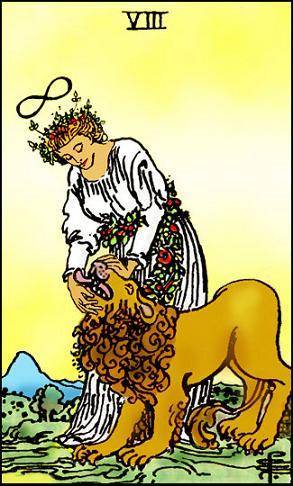
Some of the more noticeable distinctions in the Rider-Waite version are the change of gender of the central subject from male to female, the shift from 11th to 8th position in the deck, the change of the wide-brimmed hat into an infinity sign, and the roses that appear around the midsection of the central subject. In the accompanying text of the Rider-Waite Tarot, Waite writes, "A woman, over whose head there broods the same symbol of life which we have seen in the card of the Magician, is closing the jaws of a lion. The only point in which this design differs from the conventional presentations is that her beneficent fortitude has already subdued the lion, which is being led by a chain of flowers. For reasons which satisfy myself, this card has been interchanged with that of justice, which is usually numbered eight. As the variation carries nothing with it which will signify to the reader, there is no cause for explanation. Fortitude, in one of its most exalted aspects, is connected with the Divine Mystery of Union; the virtue, of course, operates in all planes, and hence draws on all in its symbolism. It connects also with innocentia inviolata, and with the strength which resides in contemplation.
These higher meanings are, however, matters of inference, and I do not suggest that they are transparent on the surface of the card. They are intimated in a concealed manner by the chain of flowers, which signifies, among many other things, the sweet yoke and the light burden of Divine Law, when it has been taken into the heart of hearts. The card has nothing to do with self-confidence in the ordinary sense, though this has been suggested--but it concerns the confidence of those whose strength is God, who have found their refuge in Him. There is one aspect in which the lion signifies the passions, and she who is called Strength is the higher nature in its liberation. It has walked upon the asp and the basilisk and has trodden down the lion and the dragon."
* * *
BACK * INDEX * NEXT
 |
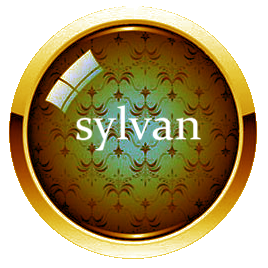 |
 |
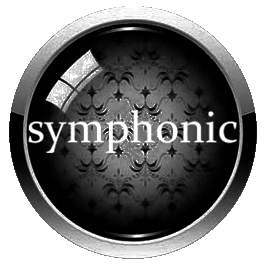 |
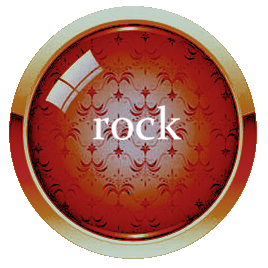 |
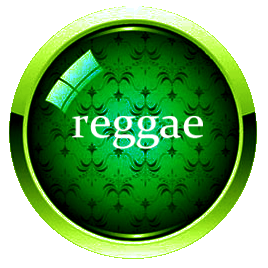 |